
Fire Mitigation: Protecting Homes in Colorado Mountainous Areas
Fire Mitigation Season is Upon Us!
It is that time of the year. As mountain residents, we need to start thinking about fire mitigation again. It is important to mitigate fire dangers for your own property as well as your neighbor’s. Areas of big concern every year are Evergreen, Conifer, Morrison, Bailey, Golden, Idaho Springs and the Denver Foothills all the way west to the mountains.
Nestled amidst the picturesque beauty of mountainous regions lie unique challenges and risks, one of which is the increased threat of wildfires. The combination of natural vegetation and forested areas makes these regions more susceptible to fire hazards. To safeguard homes and the surrounding environment, it is crucial to understand fire mitigation strategies and implement them effectively. This article delves into the significance of fire mitigation, explores various strategies, and highlights the importance of adhering to local fire regulations.
The Risk of Wildfires in Mountainous Areas
Mountainous regions possess a rich tapestry of natural beauty, with lush vegetation and dense forests blanketing their landscapes. While these features offer serenity and charm, they also harbor an inherent risk of wildfires. The dry climate, combined with flammable materials like dead leaves, fallen branches, and dry grass, creates a volatile environment prone to fire outbreaks.
Moreover, the topography of mountains often presents challenges in fire containment and control. Steep slopes, narrow pathways, and limited access hinder firefighting efforts, allowing fires to spread rapidly and become increasingly difficult to extinguish. Consequently, proactive fire mitigation becomes imperative to minimize the potential devastation caused by wildfires.
Understanding Fire Mitigation Strategies
-
Creating Defensible Space: One of the fundamental fire mitigation strategies is establishing defensible space around homes. This entails creating a buffer zone by removing or reducing flammable materials and vegetation near structures. By eliminating dense shrubs, dead plants, and overhanging branches, the risk of fire spreading to the property decreases significantly. Additionally, maintaining a well-watered and manicured lawn can act as a firebreak, slowing down the progress of flames.
-
Proper Landscaping: Thoughtful landscaping choices can contribute significantly to fire mitigation efforts. Opting for fire-resistant plants and materials can serve as an effective barrier against wildfires. Native plant species that are less prone to ignition and have higher moisture content are preferable. Additionally, incorporating hardscaping features such as stone pathways, gravel beds, and retaining walls can help create fire-safe zones within the landscape.
-
Structural Modifications: Enhancing the fire resistance of homes through structural modifications is an essential aspect of fire mitigation. Using fire-resistant materials for roofing, siding, and windows can help prevent flames from engulfing the structure. Installing spark arresters on chimneys and vents can also prevent embers from entering the home. Furthermore, ensuring proper maintenance of roofs and gutters by regularly removing dead leaves and debris reduces the risk of fire ignition.
-
Awareness and Preparedness: Educating residents about fire safety and preparedness is vital in mountainous areas. Developing an emergency evacuation plan, practicing drills, and having essential supplies readily available can make a significant difference during critical situations. Encouraging community involvement in fire safety initiatives fosters a collective sense of responsibility and strengthens the overall resilience of the area.
The Role of Local Fire Regulations in Colorado
It is important to know if there are any fire restrictions at any given time if you are living or visiting the mountains.
To effectively mitigate the risk of wildfires, it is crucial to understand and comply with local fire regulations. These regulations are typically designed to safeguard communities and preserve the surrounding environment. They often include guidelines for vegetation management, construction codes, and firebreak requirements. Adhering to these regulations not only reduces the risk of fire outbreaks but also ensures that emergency responders can carry out their duties effectively.
Local fire departments and governing authorities may conduct regular inspections to ensure compliance with fire regulations. These inspections may encompass assessing defensible space, verifying proper maintenance of structures, and evaluating the overall preparedness of the community. By adhering to these regulations, residents actively contribute to the safety and well-being of their homes and the environment.
Unconventional Fire Mitigation Approaches
While conventional fire mitigation strategies are well-known and widely implemented, there are some unconventional approaches that can also play a role in fire mitigation efforts in mountainous areas. These unique strategies may not immediately come to mind but can offer additional layers of protection:
-
Goat Grazing Programs: Employing goat grazing programs in fire-prone areas can be an effective way to reduce the risk of wildfires. Goats are natural grazers and excel at consuming dry vegetation, including grasses, shrubs, and low-hanging branches. By deploying herds of goats in targeted areas, the buildup of flammable materials can be mitigated, reducing the fuel available for fires to spread.
-
Pyrotechnics for Controlled Burns: Controlled burns are a widely accepted practice for managing vegetation and reducing the risk of catastrophic wildfires. However, traditional controlled burns can be labor-intensive and time-consuming. In some cases, pyrotechnics, such as drones equipped with devices that release small, controlled flames, can be used to simulate controlled burns in hard-to-reach areas. This innovative approach allows for more precise and efficient vegetation management, thereby reducing the potential for uncontrolled wildfires.
-
Smart Sensor Networks: Leveraging advancements in technology, smart sensor networks can be deployed in mountainous regions to detect early signs of wildfires. These networks consist of interconnected sensors capable of monitoring various environmental parameters, such as temperature, humidity, and smoke levels. By promptly detecting and alerting authorities about potential fire outbreaks, response times can be significantly reduced, enabling faster and more effective firefighting efforts.
-
Community Engagement and Firewise Programs: Engaging the local community in fire mitigation efforts is essential for long-term success. Firewise programs, which involve collaboration between residents, fire departments, and other stakeholders, aim to create a culture of fire safety and resilience. These programs provide education, resources, and support to residents, empowering them to take proactive measures to protect their homes and the surrounding environment. Community involvement fosters a collective responsibility and strengthens the overall preparedness of the area.
Fire Mitigation is Something Every Property Owner Should Take Part in
Fire mitigation in mountainous areas is a critical endeavor that requires a multi-faceted approach. By understanding the unique risks posed by wildfires in these regions, implementing conventional fire mitigation strategies, and adhering to local fire regulations, residents can significantly reduce the potential devastation caused by fires. Additionally, exploring unconventional approaches, such as goat grazing programs, controlled burns using pyrotechnics, smart sensor networks, and community engagement initiatives, can further enhance fire resilience in these areas.
The More Homeowners That Mitigate Fire Danger The Better for the Community
It is essential to remember that fire mitigation is an ongoing effort that requires continuous vigilance and adaptation. As the natural environment and human activities evolve, so must our strategies for preventing and mitigating wildfires. By staying informed, proactive, and united, communities in mountainous areas can better protect their homes, preserve the beauty of their surroundings, and ensure the safety and well-being of all residents.
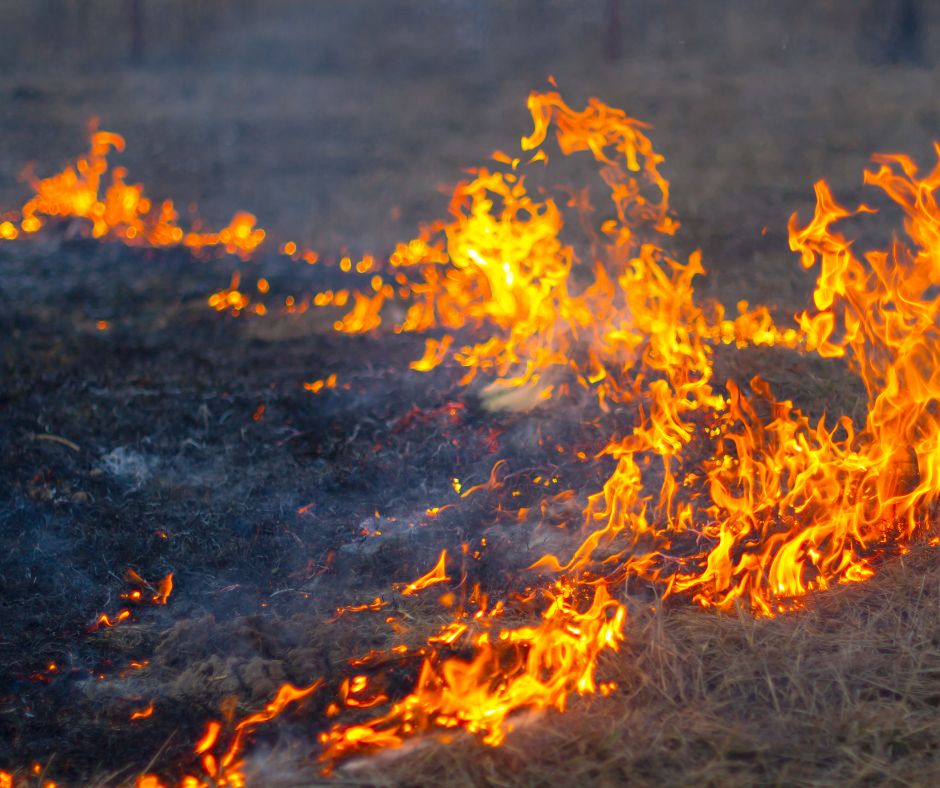

Orson Hill Realty is a real estate company in Evergreen, Colorado that serves the Denver Foothills and the Denver Metro. Orson Hill Realty can assist in any size real estate transaction from small land listings to luxury listing agents and buyer brokers.
Orson Hill Realty has experienced listings agents and buyer agents. Our Realtors know how use high tech digital marketing mixed with old school marketing to sell your home faster and for more money.
This technology also helps buyers find their home faster. That way a buyer never misses the perfect home again. Any real estate agent in this day and age that doesn’t leverage technology is not doing their clients any favors. All Orson Hill Realty real estate agents are Realtors.
Orson Hill Realty is a full-service Colorado-based real estate company that offers professional real estate agents and brokers to assist you in your buying or selling process. Our agents are well-versed in the local community and have a strong online presence, making them highly effective in their field. For buyers, we offer online listing alerts and a user-friendly portal to facilitate an efficient home search, with access to homes not yet on the market, and for sellers, we advertise on a wide range of listing websites to ensure high visibility for your listing.
As realtors, we are dedicated to upholding a higher level of ethics and experience in our business, and we are deeply invested in the community, with active participation in various local events and activities. Our real estate agents possess a wealth of knowledge on the local area and know how to negotiate the best prices for your needs. We offer excellent services for luxury homes and horse properties, although we handle any size real estate transaction with utmost professionalism.
Our company places a strong emphasis on technology, recognizing the importance of an online presence to meet the demands of our fast-paced industry. With multiple high traffic websites and digital marketing strategies, we ensure that your property is marketed throughout the internet to reach a wider audience. We are dedicated to providing luxury services to all our clients, regardless of the price point.
Orson Hill Realty
Ask me about Southwest Florida real estate


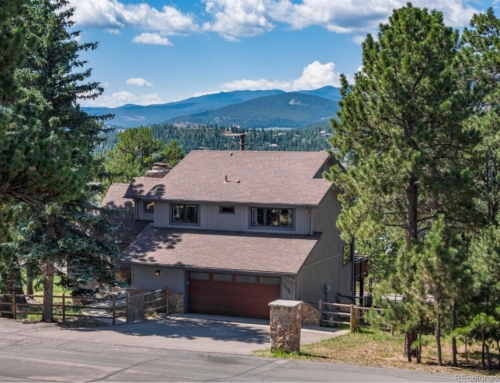
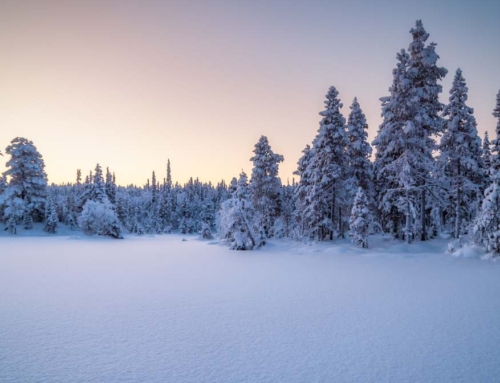
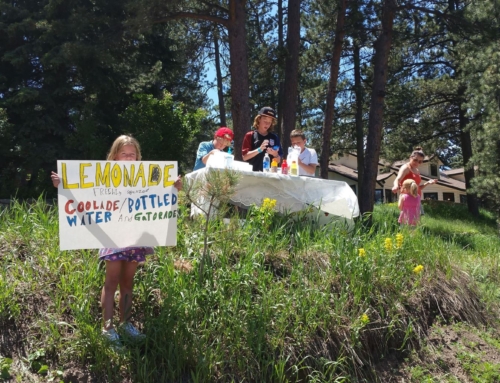

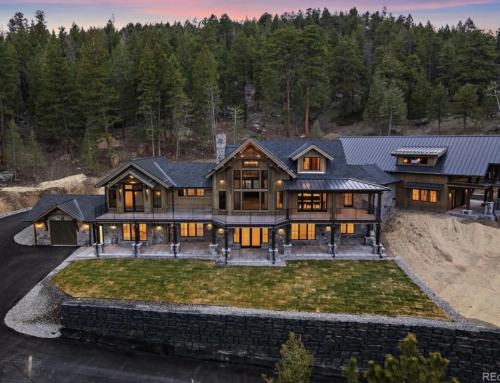
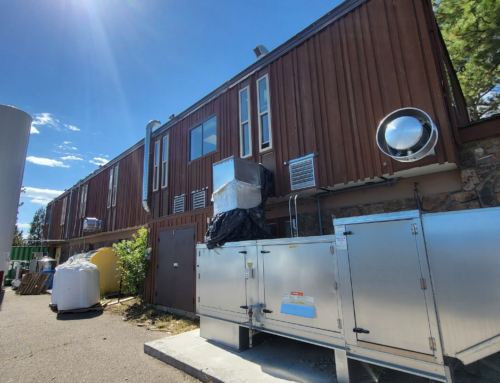
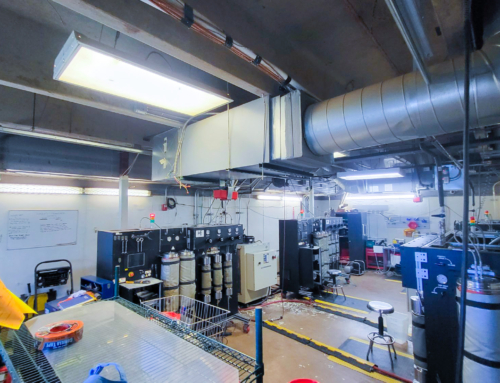
Leave A Comment
You must be logged in to post a comment.